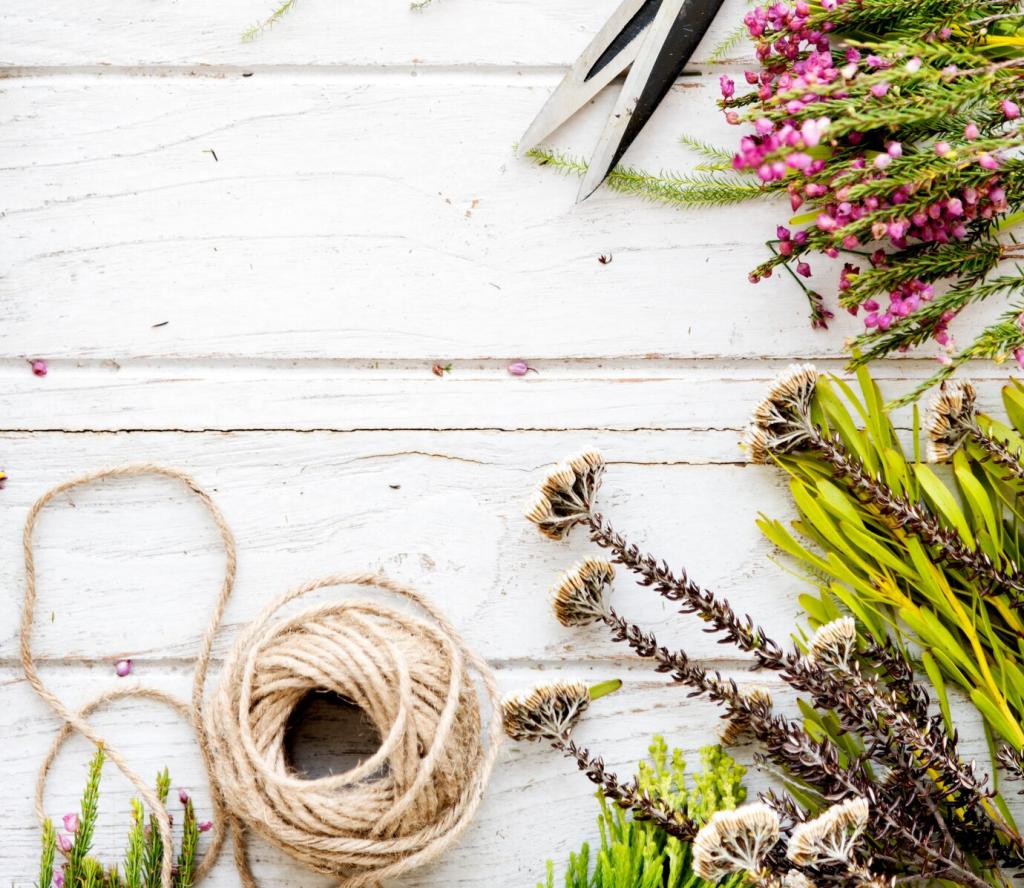Homemade Survival Tools for Campers
Camping enthusiasts know that immersing oneself in the wilderness requires more than just a basic tent and sleeping bag. True preparedness comes from being resourceful and innovative, especially when it comes to survival tools. Homemade survival tools can often make the difference between a comfortable adventure and a challenging ordeal. This page delves into different categories of self-made tools that campers can craft using common materials, simple techniques, and a little creativity. By mastering these homemade solutions, campers not only enhance their safety and comfort but also develop practical skills that can come in handy in unexpected situations.
Previous
Next
DIY Cutting Tools
Crafting a knife from river rocks is an ancient technique that remains invaluable in survival scenarios. The key is to locate stones with a fine grain and fracture pattern suitable for knapping. Start by selecting a rock such as flint, chert, or obsidian. By striking it with another hard object, you can chip away flakes to create a sharp edge. The process, called knapping, requires patience and practice but rewards you with a functional blade for cutting cordage, cleaning fish, or preparing food. While these knives may not be as durable as steel blades, their ability to be made on the spot from natural materials ensures that you always have a cutting edge when in need.

Constructing an emergency bivouac using materials found in the wilderness can shield you from wind, rain, and cold. Start by building a frame with sturdy branches, which can be lashed together with vines or strips of bark. Fill in walls with overlapping leaves, grass, or pine needles, layering for insulation and weatherproofing. This natural shelter not only provides physical protection but also gives a sense of accomplishment and connection to nature. Taking time to properly craft the structure ensures it withstands adverse conditions and keeps you safe until you’re ready to move on or until help arrives.

Sleeping directly on the ground draws heat from your body, making for a cold and uncomfortable night. By weaving grass, reeds, or even strips of bark into a mat, you create a vital barrier against the cold earth. Even a simple pile of piled-up leaves or pine needles, carefully arranged, can add crucial insulation. These homemade mats are lightweight, biodegradable, and adjustable to your needs—plus, crafting them fills downtime around camp, turning idle moments into practical preparations for warmth and comfort.

When it comes to cooking or organizing supplies off damp ground, a sturdy tripod stand is invaluable. By lashing three long branches together at one end and spreading them into a tripod, you create an elevated platform. Adding crossbars or hooks, fashioned from bent sticks or twine, enables you to hang pots, pans, or food bags safely above coals or away from inquisitive animals. This simple structure highlights the ingenuity of using nothing but what nature offers to make camp life more convenient, reducing risk of spoilage and making meal prep more efficient.
Fire-Starting Aids
A bow drill is a timeless fire-starting tool, assembled entirely from pieces of wood and some cordage. By creating a spindle, a fireboard, and a simple bow strung with shoelace or strong plant fiber, campers can ignite tinder using friction alone. It requires patience and a bit of technique to get the spindle spinning fast enough to create a hot ember. Once mastered, this skill allows for fire even in damp conditions, demonstrating that true preparedness means relying on knowledge as much as equipment.
